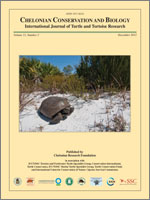
A Loggerhead Sea Turtle (Caretta caretta) Preying on Fish Within a Mixed-Species Feeding Aggregation
No abstract available
No abstract available
No abstract available
